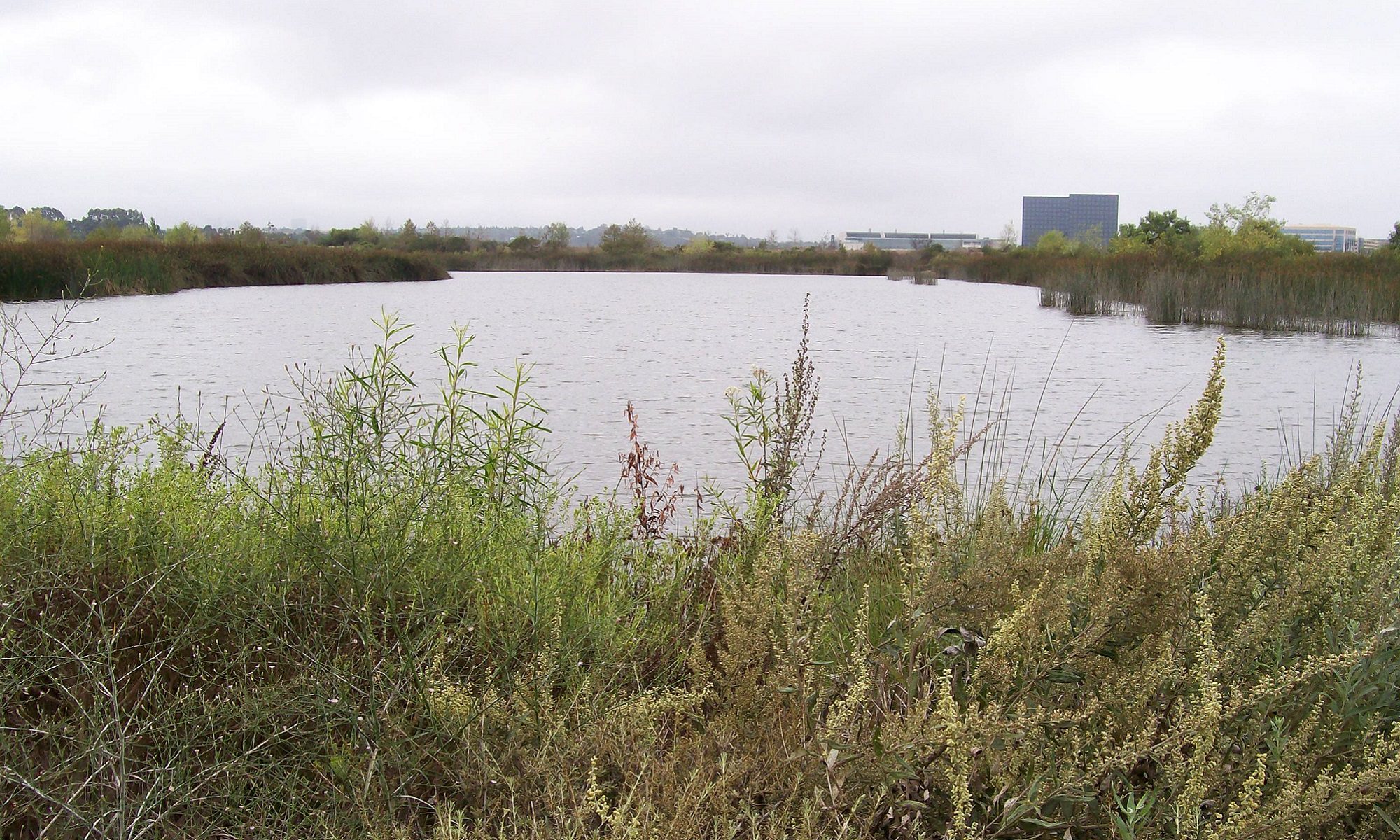How incredible those many flocks of pterosaurs must have been! With all the varieties known from fossils, those flying wonders must have been dazzling: short-tailed Pterodactyloids and long-tailed Rhamphornynchoids. Yet how few Americans are aware of the serious investigations that have delved into the reports of live pterosaurs in the United States!
Part of the problem involves assumptions: assuming “science” tells us that all dinosaurs and all pterosaurs became extinct many millions of years ago. I once started to talk with a kindergardner about living pterosaurs. I hardly got started with the word “pterosaur,” when he interupted with, “A comet.” How deeply this universal extinction dogma has been injected into our mentalities!
Have I really spent years of my life in vain, vainly writing about eyewitness accounts of living pterosaurs? My interviews with eyewitnesses—those fill much of the contents of my books. Are they really of no account because fossils tell us that all species of pterosaurs must have become extinct long ago? If there really is evidence in the fossils (and supposed lack of “recent” fossils), then it should hold up under scrutiny: Paleontologists, however, (including Darren Naish and Glen Kuban) seem unable or unwilling to answer the objection about dating those fossils, for the dating includes the assumption that all those fossils must be many millions of years old.
Assumptions, when they are treated as if facts, can get us into trouble and that has happened with standard-model interpretations pterosaur fossils. Too many paleontologists, for too long, have held on dogmatically to the assumption of ancient extinctions of all species of dinosaurs and pterosaurs. That dogmatism is a big part of the problem.
Standard-model procedures in dating strata include the evaluation of types of fossils contained therein. In other words, should a pterosaur fossil be found in a formation, that layer would be dated in millions of years old, just because it contained a pterosaur fossil. Is that only a recent procedure? If you call the ninteenth century “recent,” then yes. But if all those fossils of pterosaurs are actually comparatively recent themselves, then all of those many datings (at millions of years old) have been in vain, spoiling the soup with methodically-minced cockroaches.
Listen to the experiences of many eyewitnesses, even if it means turning the attention away from the imaginations of many professors. Human experience, in the end, is the foundation of science.


